Ferozepur Road Bus Rapid Transit project
Mass transit systems are becoming increasingly viable for cities, sustainable transport is the new paradigm.
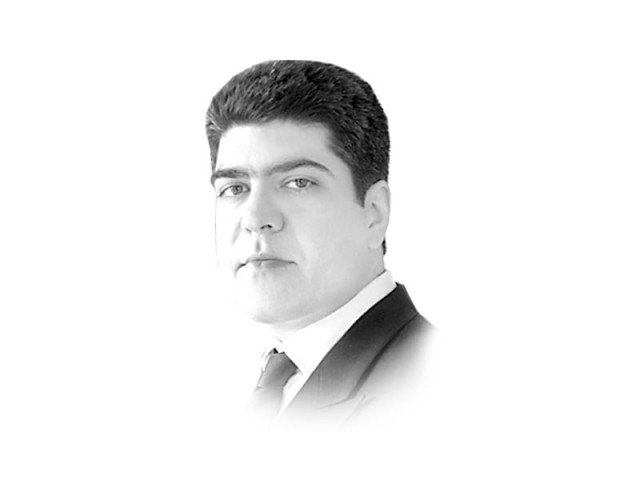
Ferozepur Road Bus Rapid Transit project
A blog on the Asian Development Bank’s website lists some of the reasons why this is so. Transport, it says, is now recognised as a key pillar of a nation’s economy; it plays a key role in poverty reduction and inclusive growth; it will be the key to reducing global greenhouse gas emissions; mass transit systems are becoming increasingly viable for a large spectrum of cities and sustainable transport is the new paradigm in the transport sector.
Transport must not be seen only as an infrastructure issue, but rather as an integral part of the fundamental right of movement. Cities must ensure that residents have a variety of options to exercise this right.
In this backdrop, it was news, indeed, that the Government of Punjab has initiated a Bus Rapid Transit (BRT) project along Lahore’s Ferozepur Road between Chungi Amer Sidhu and Kalma Chowk. But a closer look at the project reveals the need to have a system of evaluating the effectiveness of transport initiatives. There’s no point in spending money –– for the 7.3 kilometre Ferozepur Road BRT project, Rs1.54 billion –– if there’s not going to be any accountability.
The PC-1 form for the Ferozepur Road BRT project, submitted in February 2012, states that the project objectives and its relationship with sector objectives are: “To provide accessible and time-saving travelling; to develop an environmentally friendly traffic system; to control vehicle emission; the BRT system with a designed speed of 25km/h will ensure travel time saving against the existing speed of 15km/h during peak hours; the BRT Project will lower the demand of wagon and motorcycle rickshaw thus lowering the emission. Furthermore, the BRT vehicle will have emission of EURO II standards, reducing the adverse environmental effects. The BRT is designed for a capacity of 8,000Pphpd (passenger-per-hour-per-direction) and work as Mass Transit.”
The description of the project cites growing congestion near the Ravi Bridge and Walled City stating that a BRT solution is most viable and that the Chungi Amar Sidhu-Kalma Chowk corridor is selected for implementation of BRT and will be extended in phases.
In its ‘projects benefits and analysis’ section for financial, economic and social benefits with indicators, the PC-1 states, in toto: “Efficient, comfortable and reliable transport system with improved safety conditions shall have positive socio-economic impact to the society. The BRT seeks to optimise the use of existing facilities and Right of Ways (RoW) so that mobility and commerce needs can be met.” The document is signed by the Director (Engineering Construction) of The Traffic and Engineer Planning Agency (TEPA), the Chief Engineer, TEPA, the Director General, Lahore Development Authority and the Secretary, Housing, Urban Development and Public Health Engineering Department and was approved by the Planning and Development Department.
Because the BRT project, in essence, is a remodeling of Ferozepur Road, it is a road transport project in excess of Rs50 million for which, under the Pakistan Environment Protection Act (PEPA) of 1997, an Environment Impact Assessment (EIA) is required.
The Environmental Protection Agency (EPA), Punjab published notices of the public hearing of the EIA on February 28, 2012. This hearing allowed the public and the people affected by the construction of the project to share their comments on the impacts the project will have on their environment. These may include queries about the design of the project or other concerns. The EPA, Punjab is then required to review the EIA and grant environmental approval to the project subject to conditions it may impose. The EPA’s notice states that the public hearing will be on March 31, 2012.
Everything appears, at first sight, to be above board –– except that the chief minister inaugurated the project on March 12, 2012 and announced that it would be completed by April.
Why is there such a rush to come up with and implement transport projects? Why can’t the Government of Punjab follow the law and plan for sustainable transport instead of pushing ahead with hitherto unheard of initiatives? Despite its commendable aim and purpose, the Ferozepur BRT project may become a victim of rushed planning and may not result in the level of service promised.
Published in The Express Tribune, March 29th, 2012.







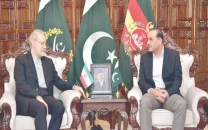

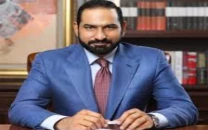

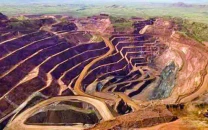
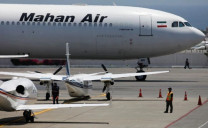



COMMENTS
Comments are moderated and generally will be posted if they are on-topic and not abusive.
For more information, please see our Comments FAQ